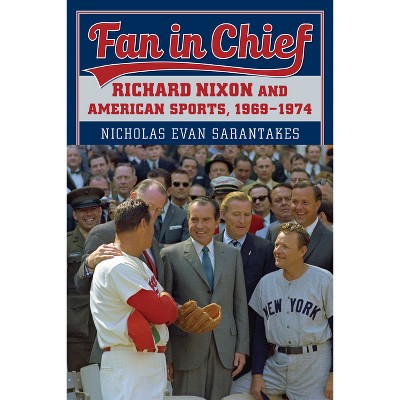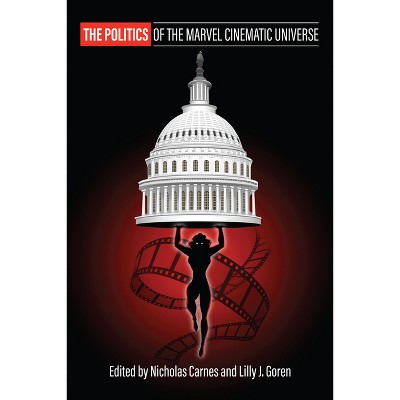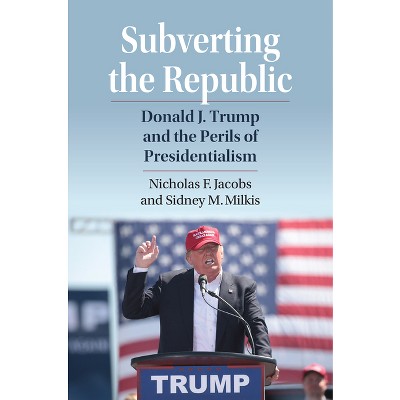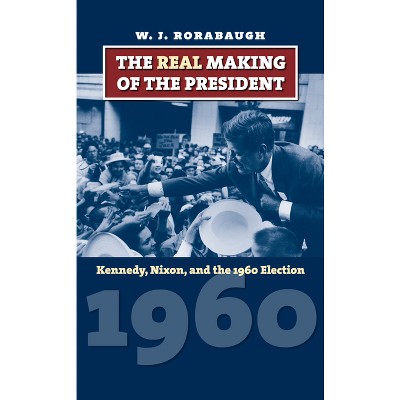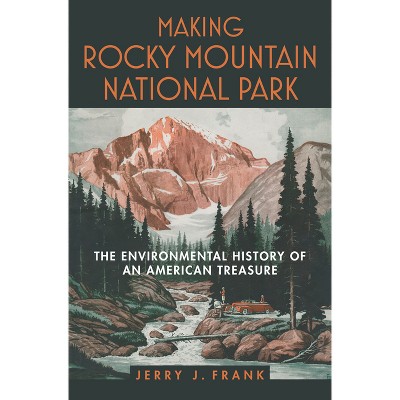About this item
Highlights
- Forever known for its blazing cinematic image of General George S. Patton (portrayed by George C. Scott) addressing his troops in front of a mammoth American flag, Patton won seven Oscars in 1971, including those for Best Picture and Best Actor.
- Author(s): Nicholas Evan Sarantakes
- 272 Pages
- Performing Arts, Film
Description
About the Book
An engaging and richly detailed production history of a critically acclaimed box office hit. Takes readers behind the scenes to recount the trials and tribulations that attended the epic efforts of producer Frank McCarthy--like Patton, U.S. Army general--and Twentieth Century Fox to finally bring Patton to the screen after eighteen years of planning.
Book Synopsis
Forever known for its blazing cinematic image of General George S. Patton (portrayed by George C. Scott) addressing his troops in front of a mammoth American flag, Patton won seven Oscars in 1971, including those for Best Picture and Best Actor. In doing so, it beat out a much-ballyhooed M*A*S*H, irreverent darling of the critics, and grossed $60 million despite an intense anti-war climate. But, as Nicholas Evan Sarantakes reveals, it was a film that almost didn't get made.
Sarantakes offers an engaging and richly detailed production history of what became a critically acclaimed box office hit. He takes readers behind the scenes, even long before any scenes were ever conceived, to recount the trials and tribulations that attended the epic efforts of producer Frank McCarthy--like Patton a U.S. Army general--and Twentieth Century Fox to finally bring Patton to the screen after eighteen years of planning.
Sarantakes recounts how filmmakers had to overcome the reluctance of Patton's family, copyright issues with biographers, competing efforts for a biopic, and Department of Defense red tape. He chronicles the long search for a leading man--including discussions with Burt Lancaster, John Wayne, and even Ronald Reagan--before settling on Scott, a brilliant actor who brought to the part both enthusiasm for the project and identification with Patton's passionate persona. He also tracks the struggles to shoot the movie with a large multinational cast, huge outlays for military equipment, and filming in six countries over a mere six months. And he provides revealing insider stories concerning, for example, Scott's legendary drinking bouts and the origins of and debate over his famous opening monologue.
Drawing on extensive research in the papers of Frank McCarthy and director Franklin Schaffner, studio archives, records of the Academy of Motion Picture Arts and Sciences, contemporary journalism, and oral histories, Sarantakes ultimately shows us that Patton is more than just one of the best war films ever made. Culturally, it also spoke to national ideals while exposing complex truths about power in the mid-twentieth century.
Review Quotes
"Thoughtful, engaging, and simply fun to read."--Army History
"Making Patton supplies the tortuous--and fascinating--back story of the hugely successful 1970 biopic. Like the movie, the book has a large cast of characters, including swashbuckling moguls and ornery actors. "Patton," now considered one of the important films of the 20th century, has achieved the rarefied cinematic status that comes from being parodied by both "The Muppets" and "The Simpsons." Mr. Sarantakes concludes his superb story by saying: "If you have not yet seen 'Patton, ' do so. It is a good film." If you have seen it, then read "Making 'Patton'" and see the film again with fresh appreciation for its mastery and a new amazement that it ever got made.--Wall Street Journal
"A detailed account of the nearly 20-year road to making Patton. . . . [Patton's] story seemed a natural for the screen. Studios vied for the rights to a best-selling biography and leading men such as John Wayne and Burt Lancaster were considered for the part. This book provides a relatively unusual look at the long gestation of a major motion picture."--Library Journal
"A model synergy of cinematic and historical analysis that reveals Patton as both an iconic marker of America's mythic self-image in the post-World War II era and a sophisticated meditation on the challenges of command in the crucible of war."--Dennis Showalter, author of Patton and Rommel: Men of War in the Twentieth Century
"An engaging and informative account that should be required reading for anyone who aspires to be either a producer or a studio executive."--Frank McAdams, author, The American War Film: History and Hollywood
"A wonderful story and sophisticated character study."--Harry Yeide, author of Fighting Patton: George S. Patton, Jr., Through the Eyes of His Enemies







